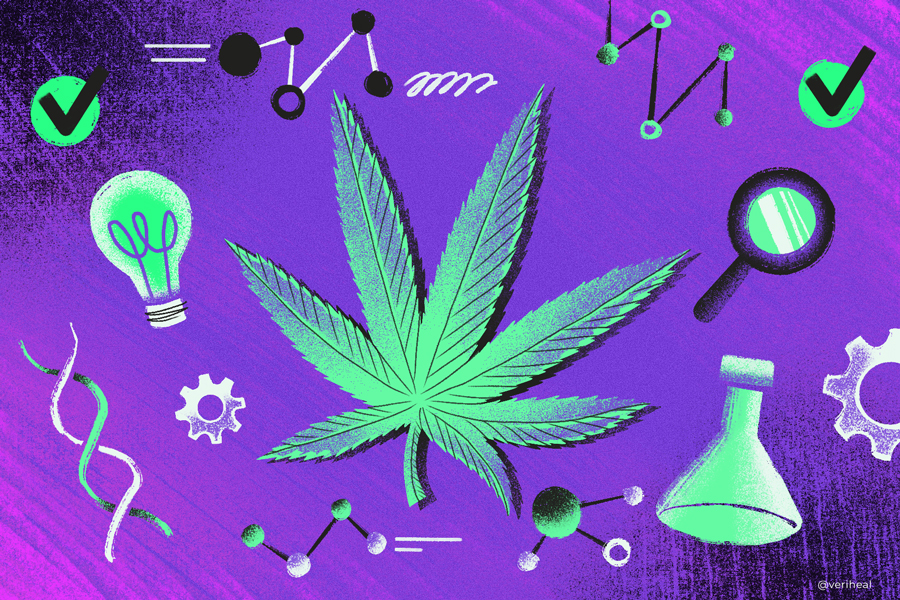The cannabis reform landscape is transforming at breakneck speed, not only across the United States but around the world. As lawmakers in various countries amend their rules on cannabis production, sale, and use, the conversation surrounding medical and recreational consumption is heating up. In particular, sweeping legislation is sparking discussion about the effects of a cannabis “high”—the emotional and physical response experienced by consumers of THC.
Last year, researchers from the University of Sydney (USYD) in Australia published a meta-analysis of 80 papers to paint a clearer picture of cannabis impairment. From their analysis, the research team discovered that cannabis consumers could be impaired for anywhere from 3-10 hours. However, the duration of impairment depends on several consumption factors, as well as the potency of cannabis.
With this information, recreational cannabis consumers can make more well-informed choices regarding the activities they engage in post-consumption (e.g., operating a motor vehicle). Furthermore, the data can be utilized to update laws that reflect the truth surrounding cannabis impairment more accurately.
“THC can be detected in the body weeks after cannabis consumption, while it is clear that impairment lasts for a much shorter period,” USYD psychopharmacologist Iain McGregor explained in 2021. “Our legal frameworks probably need to catch up with that and, as with alcohol, focus on the interval when users are more of a risk to themselves and others. Prosecution solely based on the presence of THC in blood or saliva is manifestly unjust.”
What Is a Meta-Analysis?
A meta-analysis is a unique research process that systematically merges the key takeaways of independent studies (usually by cross-referencing the results) to arrive at a conclusion based on a broader scope of methodologies and subjects than can be covered in a single review.
For the USYD study, researchers delved into the impairment caused by tetrahydrocannabinol (THC), cannabis’ primary intoxicating compound. USYD nutritionist Danielle McCartney led the investigation, which saw her team assess 1,534 “performance outcomes” from cannabis consumers.
After consuming the plant, study subjects were tested on their driving ability, as well as their ability to perform cognitive tasks at certain stages post-consumption. Three factors influenced the length of cannabis impairment:
- The THC dosage
- The person’s cannabis consumption habits (e.g., occasional or regular use)
- The method of consumption (e.g., inhalation or oral administration)
“Our analysis indicates that impairment may last up to 10 hours if high doses of THC are consumed orally. A more typical duration of impairment, however, is four hours, when lower doses of THC are consumed via smoking or vaporization and simpler tasks are undertaken,” McCartney said. “This impairment may extend up to six or seven hours if higher doses of THC are inhaled and complex tasks, such as driving, are assessed,” she added.
Regular Cannabis Users Can Develop a Tolerance to the Drug
One of the key takeaways from this study focused on cognitive task performance. According to the study authors, cognitive tasks are likely to be much easier for regular cannabis consumers since frequent use can contribute to a higher tolerance.
When someone develops a tolerance to cannabis, they are not as susceptible to cognitive dysfunction. This 2011 study noted that response time, prolongation of word viewing time, basic oculomotor deficit, executive functioning, and residual verbal memory are the most commonly and consistently reported neuropsychological effects of cannabis.
Conversely, the USYD meta-analysis confirmed that occasional cannabis users are likely to underperform in cognitive tasks after consuming the same amount of cannabis as regular users. Frequent, heavy users may consume higher doses to experience the same level of intoxication as irregular users. With that being said, it is difficult to comprehend just how much cannabis can impair a regular consumer and for how long.
“We found that impairment is much more predictable in occasional cannabis users than regular cannabis users,” explained USYD behavioral pharmacologist Thomas Arkell. “Heavy users show significant tolerance to the effects of cannabis on driving and cognitive function, while typically displaying some impairment.”
The findings imply that most driving-related skills could resume to normal levels within five hours after cannabis inhalation. However, this time period may vary. To gain a clearer understanding of THC’s effects overall, more research must be carried out into the time intervals for regular consumers. According to the researchers, this information will help to guide legislation in the right direction and provide patients with greater access to the plant moving forwards.
“Given that cannabis is legal in an increasing number of jurisdictions, we need an evidence-based approach to drug-driving laws,” said McGregor, who noted that the laws should be about road safety as opposed to arbitrary punishment.
For a deep dive into the effects of cannabis, check out this article: From Smoking to Dabbing to Edibles, How Long Does a Cannabis High Last?
Author, Share & Comments








